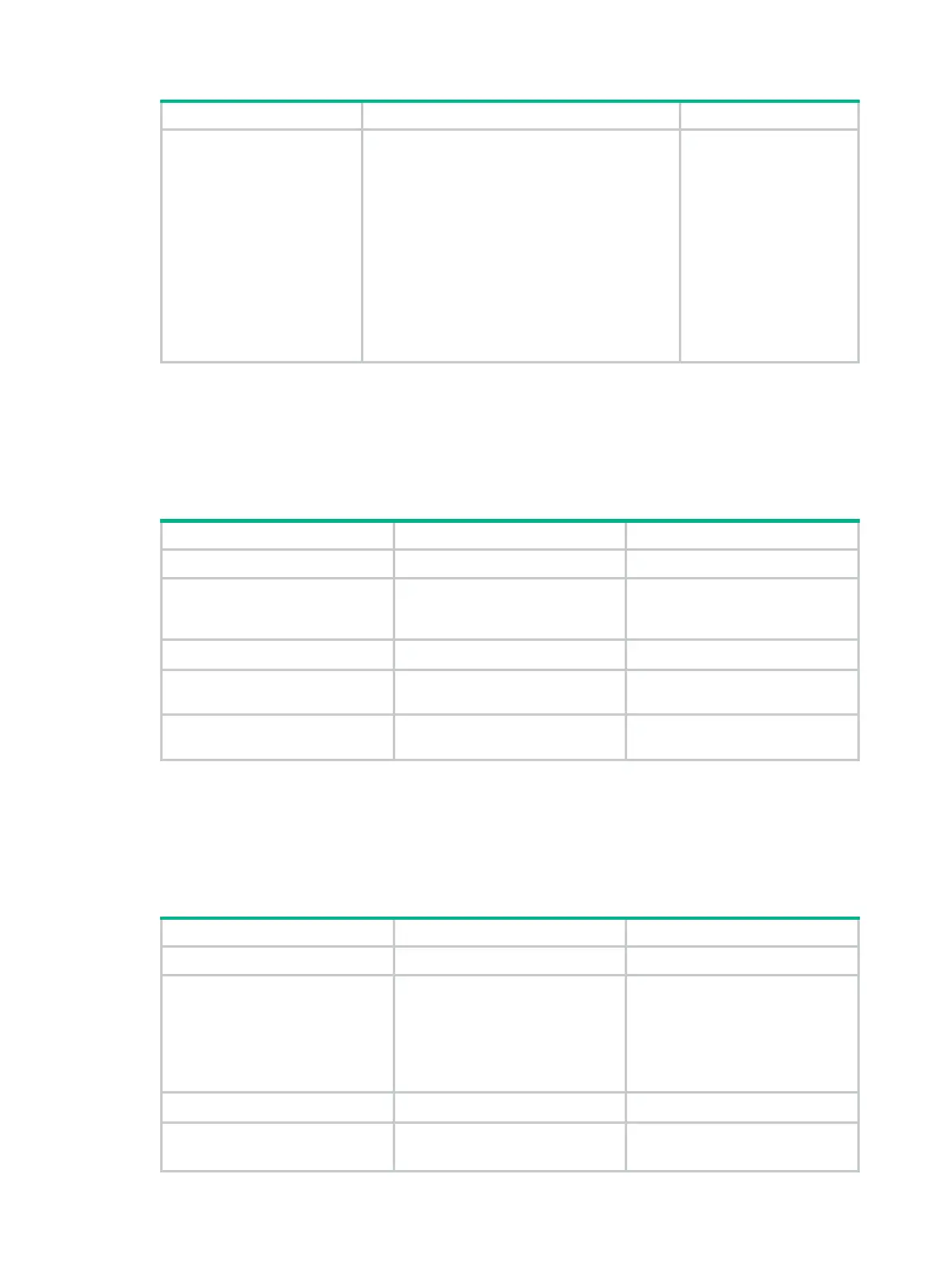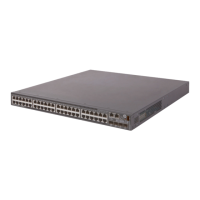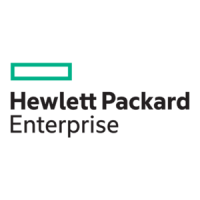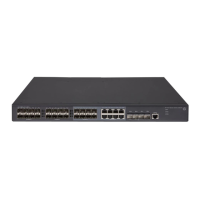269
2. Configure an IPv6 static
route for a VPN
instance.
ipv6 route-static
vpn-instance
s-vpn-instance-name ipv6-address
prefix-length { interface-type interface-number
[ next-hop-address ] | nexthop-address
[
public
] |
vpn-instance
d-vpn-instance-name
nexthop-address } [
permanent
] [
preference
preference-value ] [
tag
tag-
[
description
description-text ]
By default, no IPv6 static
route is configured for a
VPN instance.
configuration on the PE.
On the CE, configure a
route.
For more information
about IPv6 static routing,
see Layer 3—IP Routing
Configuration Guide.
Configuring RIPng between a PE and a CE
A RIPng process belongs to the public network or a single VPN instance. If you create a RIPng
process without binding it to a VPN instance, the process belongs to the public network.
For more information about RIPng, see Layer 3—IP Routing Configuration Guide.
To configure RIPng between a PE and a CE:
1. Enter system view.
N/A
2. Create a RIPng process for a
RIPng view.
ripng
[ process-id ]
vpn-instance
vpn-instance-name
Perform this configuration on the
PE. On the CE, create a common
RIPng process.
3. Return to system view.
quit
N/A
4. Enter interface view.
interface
interface-type
interface-number
N/A
5.
interface.
ripng
process-id
enable
By default, RIPng is disabled on
an interface.
Configuring OSPFv3 between a PE and a CE
An OSPFv3 process belongs to the public network or a single VPN instance. If you create an OSPF
process without binding it to a VPN instance, the process belongs to the public network.
For more information about OSPFv3, see Layer 3—IP Routing Configuration Guide.
To configure OSPFv3 between a PE and a CE:
1. Enter system view.
system-view
N/A
2. Create an OSPFv3 process
for a VPN instance and enter
OSPFv3 view.
ospfv3
[ process-id ]
vpn-instance
vpn-instance-name
Perform this configuration on the
PE. On the CE, create a common
OSPF process.
Deleting a VPN instance also
delete
processes.
3. Set the router ID.
router-id
router-id
N/A
4.
OSPFv3 domain ID.
domain-id
{ domain-id
[
secondary
] |
null
}
The default domain ID is 0.
Perform this configuration on the

